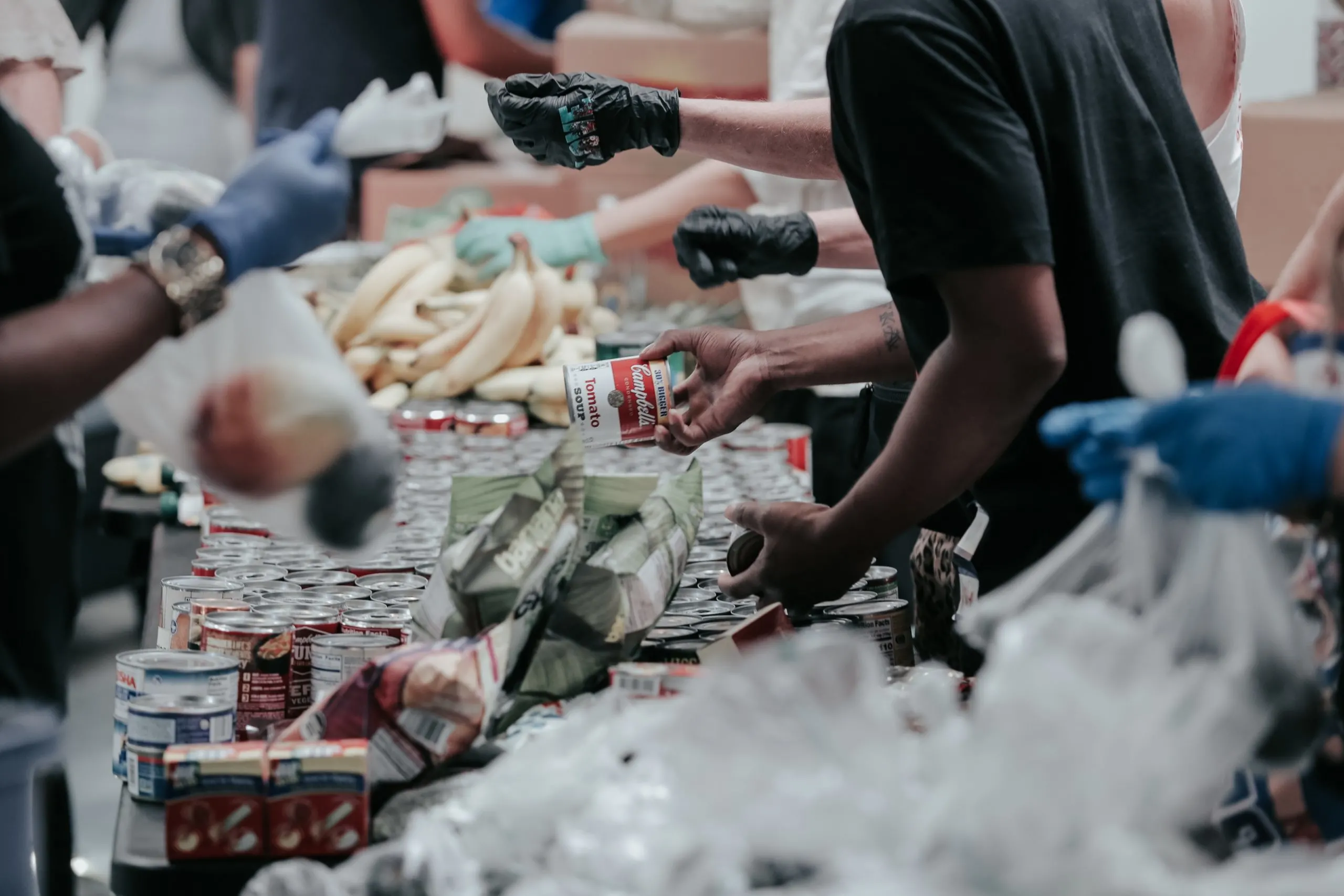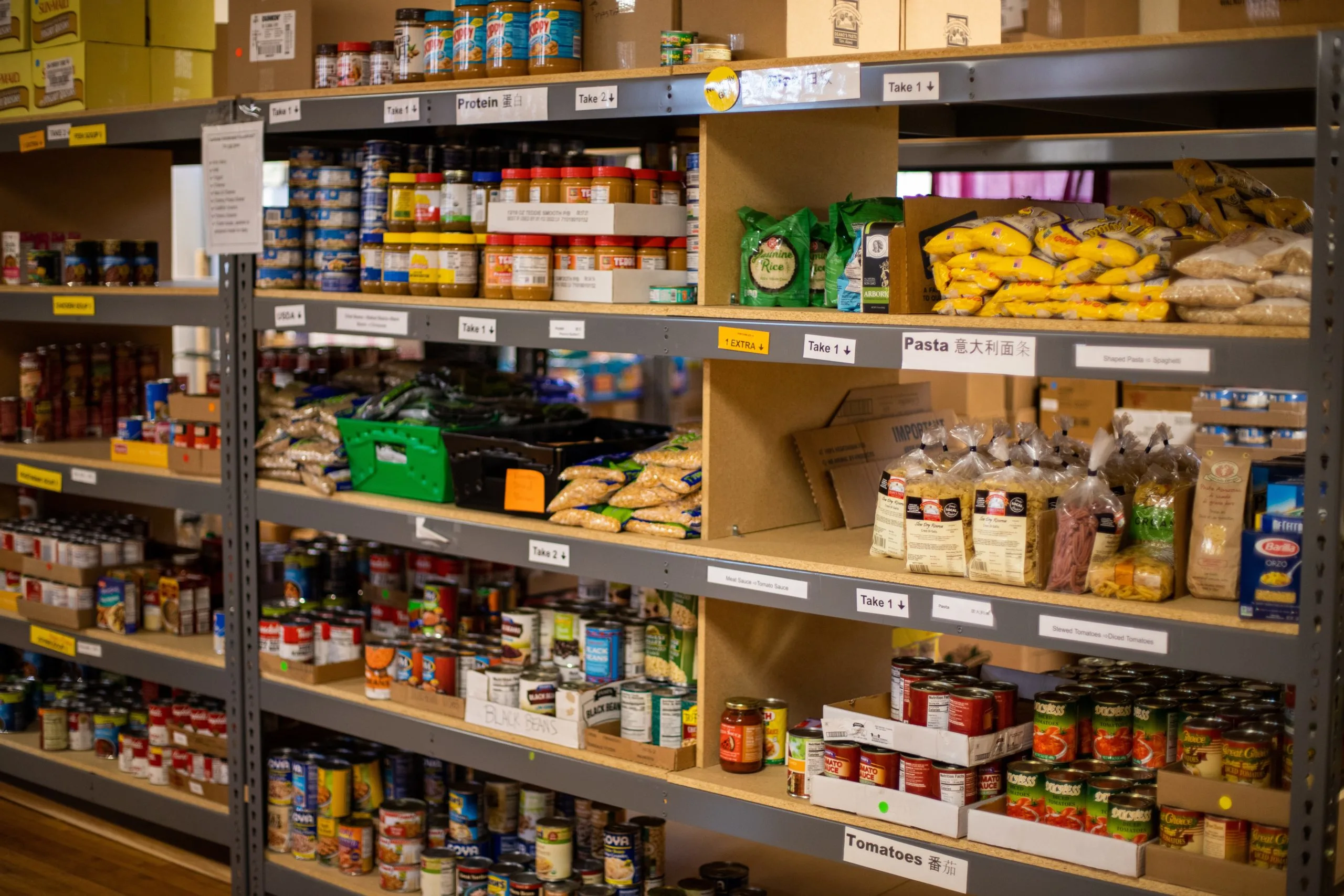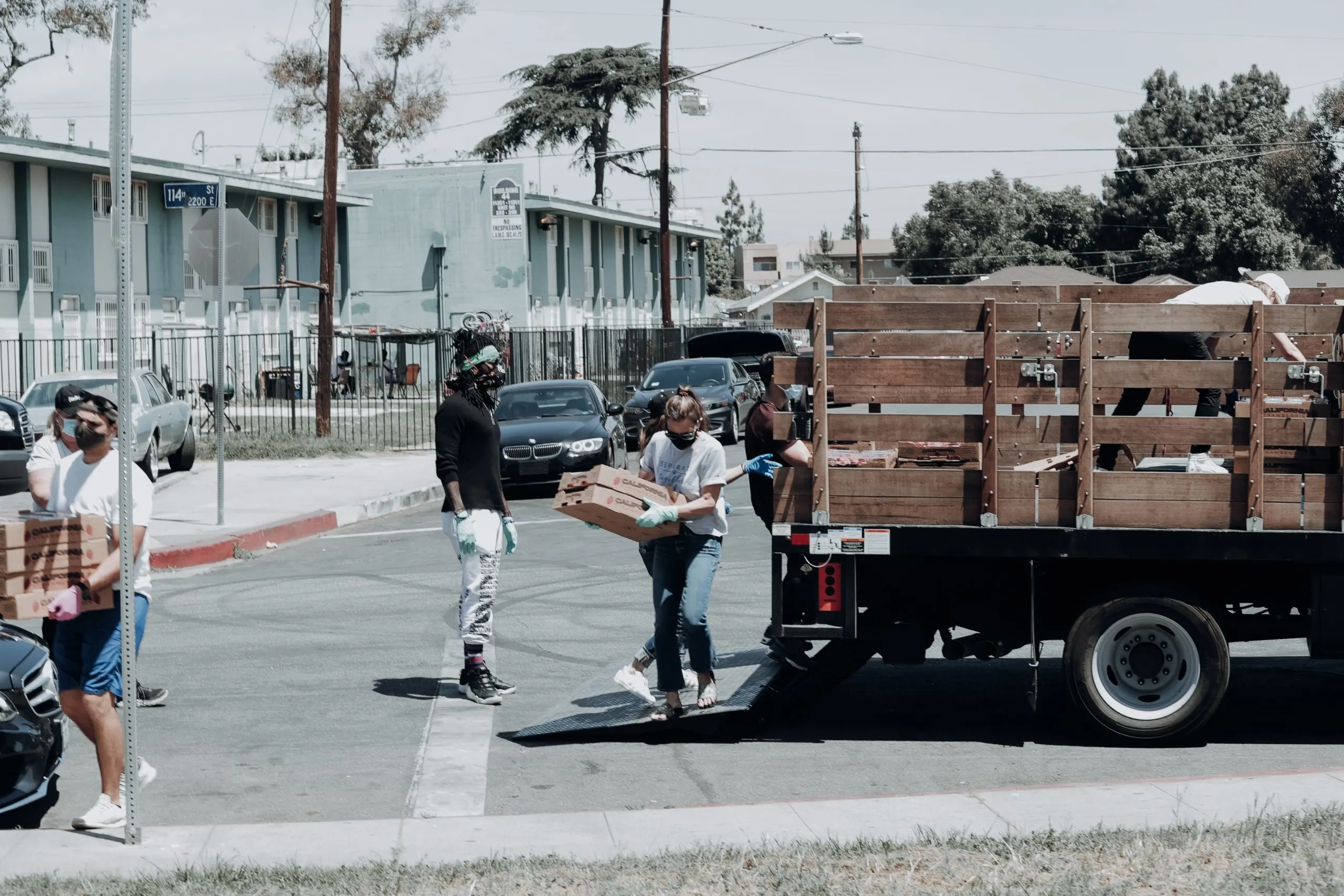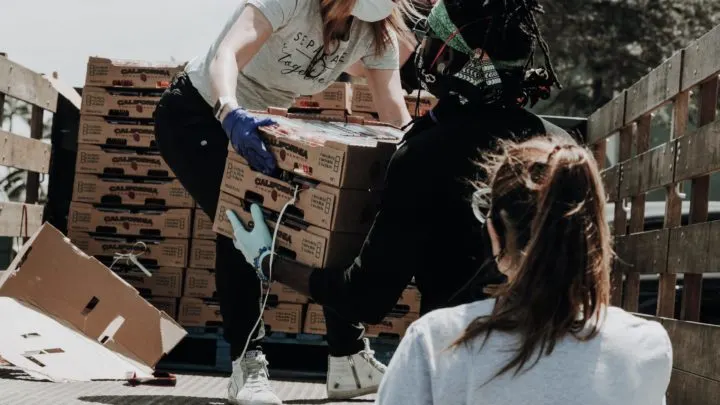If you’re hungry or are trying to help someone find their next meal, we are here to help you find free food!
While food and charitable resources vary from city to city, we have a variety of tips and resources that can help you successfully find free food near you. Food insecurity is a serious issue in the United States — and particularly during the COVID-19 pandemic — but rest assured there are many great organizations that are helping feed hungry people around the country.
In this article, we’ll discuss food insecurity in the United States, tips on how to find free food, what organizations may offer free food, programs to help stabilize food security, and other resources you can turn to when you’re facing food insecurity.

Food insecurity in the United States
While there’s been progress in combating food insecurity in the U.S., it is still a pervasive problem around the county. In 2019, about 10.5 percent of U.S. households face food insecurity, according to the United States Department of Agriculture. About 4.1 percent of households — or a total of 5.3 million households — had very low food security. For 1 in 8 families, hunger means choosing between buying groceries or paying rent, according to the United Way.
As you might imagine, food insecurity is more common among low-income communities. Nearly 35 percent of households with incomes below the Federal poverty line were food insecure, according to the United States Department of Agriculture. Food insecurity rates were also significantly higher among single-parent households, and for Black and Hispanic households, than the national average.
Despite the challenging statistics, there are many programs to help you find free food around the United States.

Food Banks
Food banks, also known as food pantries, typically provide low-cost or free food around the United States. There are many food banks operated by different organizations in cities and rural communities.
The non-profit organization Feeding America is the nation’s largest charitable hunger-relief organization. Feeding America operates a network of 200 food banks and 60,000 food pantries and meal programs in all 50 states, Washington, D.C., and Puerto Rico. Feeding America visitors should expect a brief intake or check-in process and confidential services. To find a Feeding America food bank near you, check out their search tool here.
The non-profit Why Hunger also helps people find food pantries, soup kitchens, summer meal sites, government nutrition programs, and grassroots organizations across the United States. Check out their search tool here.
A simple Internet search of “your city” + “food bank” will likely yield some quick options. Click into each organization to see if there are income requirements or if you need to provide any information. You can also seek out your city or county’s health and human services department’s website, which may have resources for food banks or food security programs.
Federal programs
There are at least eight Federally funded food security programs in the United States. You’ve probably heard of some of these programs — for example, the Supplemental Nutrition Assistance Program, or SNAP — but others are relatively unknown options that can help you or your family. Let’s look briefly at each of these programs.
Supplemental Nutrition Assistance Program (SNAP)
The Supplemental Nutrition Assistance Program is the largest federal program helping provide people food by offering benefits to low-income Americans to buy groceries. There are about 9.5 million families with children in the SNAP program. To be eligible, applicants must live in the state in which they apply and meet certain income limits that vary by household size. Learn more about the program here.
The Emergency Food Assistance Program (TEFAP)
The Emergency Food Assistance Program provides food at no cost to Americans in need of short-term hunger relief through shelters, soup kitchens, emergency food pantries, and food banks. Learn more about the program here.
The Commodity Supplemental Food Program (CSFP)
The Commodity Supplemental Food Program offers food assistance for low-income seniors with a monthly package of food. About 676,000 people participated in the program in 2018 according to the U.S. Department of Agriculture. To be eligible, you must be of low income and older than 60 years of age. Learn more about the program here.
The Child and Adult Care Food Program (CACFP)
The Child and Adult Care Food Program provides reimbursements for nutritious meals and snacks to eligible children and adults who are enrolled for care at various child care centers, daycare homes, and adult daycare centers. Learn more about the program here.
The National School Lunch Program (NSLP)
The National School Lunch Program operates in public and nonprofit private schools and residential child care institutions to provide free or low-cost nutritional lunches to children. In 2016, the program helped 30.4 million children around the U.S. Learn more about the program here.
The School Breakfast Program (SBP)
The School Breakfast Program provides funding to states to operate nonprofit breakfast programs in schools and residential child care organizations. The program helped 14.57 million children in 2016 alone. Learn more about the program here.
The Summer Food Service Program (SFSP)
The Summer Food Service Program offers funding to various programs around the United States that serve free, healthy meals and snacks to children and teens in low-income areas. The program helps children and teens age 18 and younger. Learn more about the program here.
Women, Infants, and Children (WIC)
The Women, Infants, and Children program issues federal grants to states for supplemental foods, health care referrals, and nutrition education programs aimed at helping low-income pregnant, breastfeeding, and non-breastfeeding postpartum women, and infants and children up to age five. Learn more about the program here.

Charitable organizations
Many charitable organizations and foundations offer food security programs or can help connect you to other reputable resources in your area.
The United Way is a great place to start. With hundreds of chapters around the United States, the United Way helps tens of thousands of people each year by connecting them with food resources in their area.
As we mentioned above, Feeding America and Why Hunger are two other great charitable resources to find free food. To find a Feeding America food bank near you, check out their search tool here. Check out Why Hunger’s search tool here.
The 2-1-1 hotline
The 2-1-1 hotline helps many people around the U.S. find free food quickly.
The 2-1-1 hotline network was created in the year 2000 and responds to more than 14 million requests each year by connecting people to local experts. 2-1-1 has more than 200 agencies across the United States that offer highly-trained community specialists with information on nearby resources, from free food to homeless shelters to mental health services.
Simply call 2-1-1 to speak with an operator about your search to find food. You also can visit 211’s online directory, type in your zip code and browse various resources to find more contact information.

Churches and places of worship
Churches and other places of worship often operate food drives, soup kitchens, or food pantries of their own.
Perform an internet search of churches in your area and research their websites to see if they offer food security programs or manage a soup kitchen. If they don’t have a food pantry or food program of their own, many will happily connect you to resources in their communities that can provide free food.

Free National Food Days
While it’s not a long-term solution, there are many free “national food day” promotions in which businesses will give away free food.
Ranging from free bagels and coffee to free pizza and snacks, there are more than 40 free national food days around the United States. Check out this comprehensive list from Low Income Relief on where and when to find free food days.
In conclusion
Although food insecurity is a serious challenge, there are many options to find free food around the United States.
We hope through this article you’ve learned more about food insecurity in the United States, tips on how to find free food, what organizations may offer feed food, programs to help stabilize food security, and other resources that you can turn to when you’re facing food insecurity.


Kimberly Wessel
Tuesday 1st of June 2021
Boy this app is so amazing